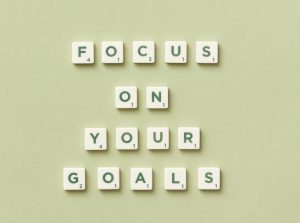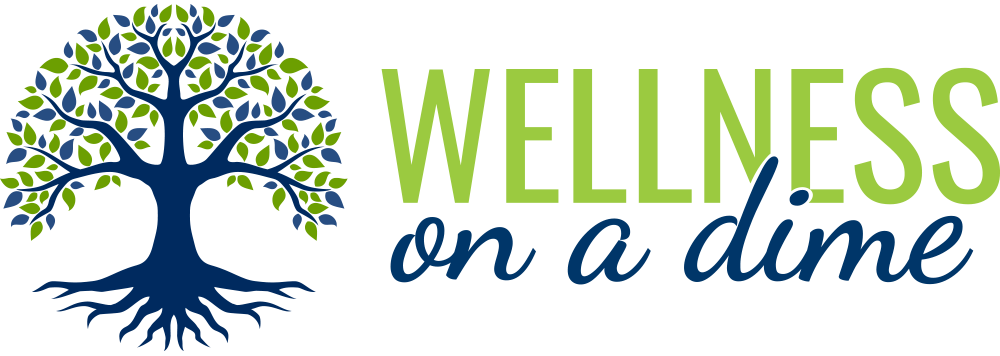 If you’re like many other people in Louisiana, you set fitness goals for the New Year. These goals must be realistic if you want to achieve them. That doesn’t mean you shouldn’t have big goals. It does mean they should be healthy and possible. Trying to lose 60 pounds naturally in a month isn’t possible. It’s not a realistic goal. Trying to lose 60 pounds in 8 months is realistic and very possible.
If you’re like many other people in Louisiana, you set fitness goals for the New Year. These goals must be realistic if you want to achieve them. That doesn’t mean you shouldn’t have big goals. It does mean they should be healthy and possible. Trying to lose 60 pounds naturally in a month isn’t possible. It’s not a realistic goal. Trying to lose 60 pounds in 8 months is realistic and very possible.
You have to have a 3500-calorie deficit to lose one pound.
The average calorie intake for weight maintenance for women under 50 is between 1800 and 2400 for women and 2200 and 3000 for men under 50. Even if they ate no food for a month, a man who burns the most calories—3000—could only lose 25 pounds. If you exercised at maximum intensity for an hour a day and burned an extra 1000 calories daily, you could lose another 8 ½ pounds to a total of 33 ½ pounds. It’s not possible or healthy either. Understanding what it takes to lose one pound helps you make realistic weight goals.
Make big goals and break them down into smaller, easier-to-achieve goals.
Set a timeline to reach each mini-goal. For instance, break down a 60-pound goal into 30 mini-goals to lose two pounds weekly. You have a timeline and specific weight loss goal. All you need is the “how.” How are you going to lose that weight? Eating healthier and exercising regularly should be your answer.
Make your measuring tool relevant to your goal.
If your goal is to lower your blood pressure naturally, use your blood pressure readings to indicate success. If having more energy or endurance is a goal, create an endurance test, such as how many stairs you can climb without getting winded or how far you can run in ten minutes. For weight loss, weight is the test, but you can also add measurements when you work out. When you exercise, you build muscle mass. Muscle mass weighs more than fat tissue does. When you exercise, you build more muscle tissue. When you have more muscle tissue, your weight may not change, your measurements will be smaller.
- Look at other ways to meet your fitness goals. If good health and weight loss is your goal, include strategies like eating slower and chewing your food longer. If it’s endurance, increase daily activity besides exercising. Park further from the store and walk. Take the stairs.
- Start with a small goal, like giving up food with added sugar, then reevaluate once you conquer that goal. You could move from there to eating whole foods and eliminating highly processed food.
- Don’t forget to get adequate sleep. Your body heals when you sleep. If you lack sleep your body creates more ghrelin—the hunger hormone—and less leptin—the one that makes you feel full.
- Track your progress. Track the number of reps and sets for each exercise you do. Track the food you eat and the number of calories. Record your progress whether it’s blood pressure numbers, weight, or miles you run.
For more information, contact us today at Wellness On A Dime Coaching
